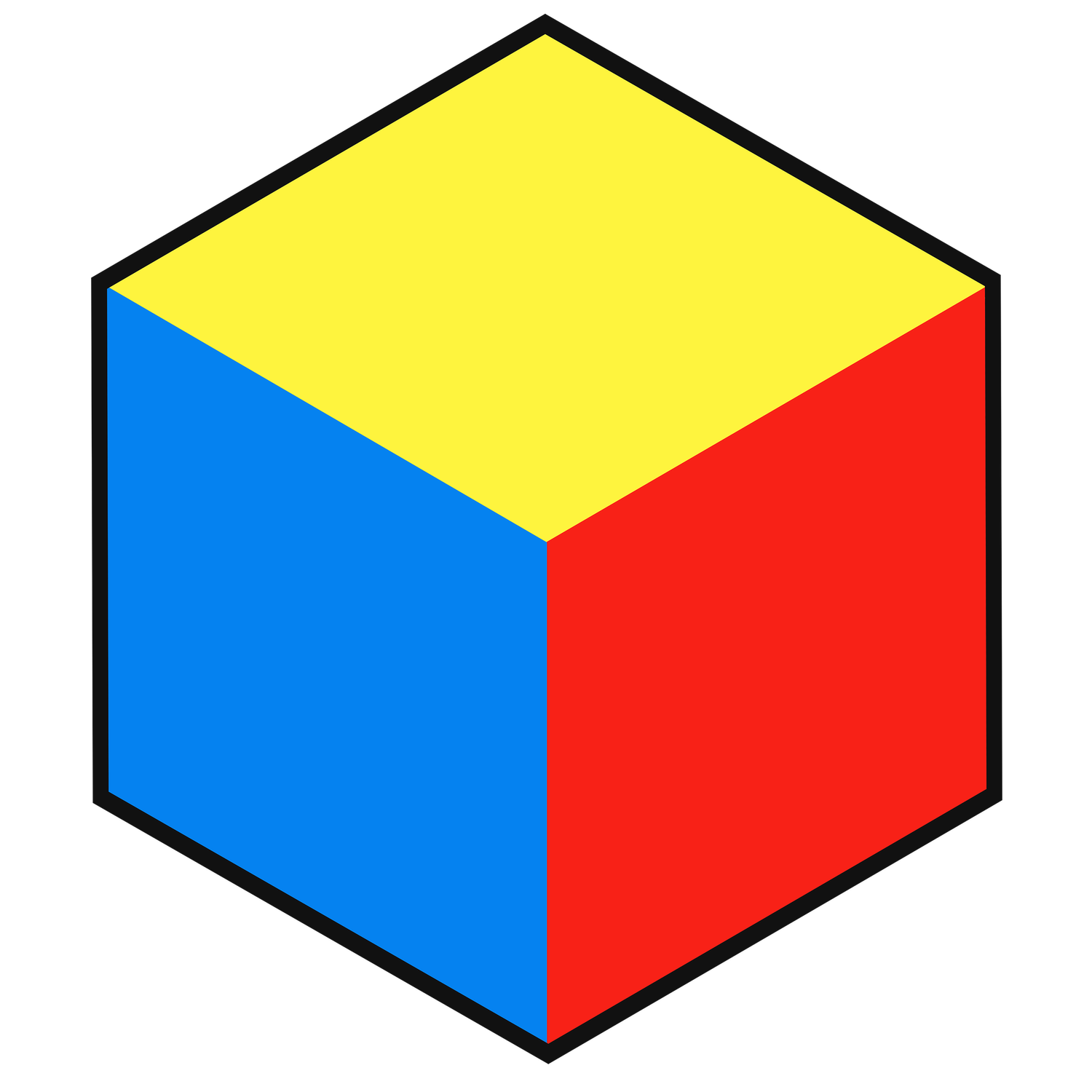How To Do Graffiti Pieces - Full Process!
If you've ever struggled to translate your graffiti ideas from imagination to the canvas, you're in the right place. Today, we're breaking down the process of creating a graffiti piece, from the first sketch to the final 3D effects. Whether you're a beginner or a seasoned artist, this guide will provide you with essential tips to bring your artwork to life. And if you find this guide helpful, hit that like button and drop your tag name in the comments below—you might just see it in a future tutorial!
Download the Free Sketch Template
Before diving into the tutorial, you can download the exact sketch we’re working with. We’ve made it available in formats compatible with Photoshop, Procreate, and as a PDF file. The sketch comes with additional tips and tricks that aren’t covered in the video, so be sure to check it out via the link in the description. And the best part? It’s completely free.
1. Starting with Basic Shapes
Every great graffiti piece starts with a solid foundation. Begin by drawing a circle to establish your baseline, mean line, and cap line. From here, you can start shaping your letters. In our case, we’re using the letter “Q” as an example.
Letter distortion is an effective way to add flair to your work without going overboard. For instance, we’ve squared off the close counter of our “Q,” altering its structure just enough to give it more weight and a unique style. Adding a blocky swoosh at the top further emphasizes the letter’s character—this is a common technique in graffiti and helps in making your letters stand out.
2. Ensuring Line Uniformity and Similarity
When moving from one letter to another, it's crucial to maintain line uniformity and similarity. This principle is the glue that ties your entire piece together. For our “U,” we’re keeping things simple while ensuring the lines flow smoothly with the preceding “Q”. Our goal is to make the transition from one letter to the next seamless to ensure our piece looks cohesive.
Step 2: Adding Flair and Weight with Graffiti Techniques
Once your basic letter structure is in place, it's time to add some style. A common technique in graffiti is to include large, blocky swooshes at the top of letters. This adds both weight and a bit of flair to your piece. However, consistency is key—if you add a swoosh to one letter, make sure to repeat that style elsewhere in your piece for balance.
For instance, if you incorporate a swoosh in your "Q," find a way to include a similar detail in another letter, like the "U" or "X," to create a cohesive look.
Step 3: Line Uniformity and Similarity – The Glue That Holds Your Letters Together
Line uniformity and similarity are crucial for ensuring that your letters flow together smoothly. This is especially important when dealing with complex or less common letters, like "Q" or "X." The more uniform your lines, the better your letters will flow together as a cohesive unit.
If you're looking to delve deeper into the fundamentals of graffiti, check out our guide on Mastering Graffiti Fundamentals, which covers everything you need to know to elevate your art.
Step 4: Refining Your Design with Smaller Details
With the larger shapes and structures in place, it's time to refine your design by adding smaller details. This can include smaller exterior details like chips, which are small pieces of your letters that appear to have been sliced off.
Adding these details in prime numbers—like three or five—can help maintain balance and make your piece look more organic. Just be careful not to overcrowd your design; every detail should serve a purpose, whether it's adding weight, balance, or flow.
Step 5: The Power of Serifs, Tapering, and Subtle Style Choices
Not every graffiti piece needs to be wild or over-the-top. Sometimes, the most effective style choices are subtle. You can add flair by incorporating serifs or playing with tapering, where you gradually make parts of a letter thinner or thicker.
If you're struggling with letter structures that seem challenging, remember that you can still create a stunning piece by focusing on these smaller style choices. It’s all about balance and knowing when to let your letters speak for themselves.
Final Thoughts: Always Room to Grow
Graffiti, like any art form, is a journey. No matter how experienced you are, there's always room for growth and improvement. And that's the beauty of it—there's always something new to learn, whether it’s about line uniformity, 3D perspective, or subtle ways to add style. Get started on your graffiti journey today by downloading our free sketch templates for Photoshop, Procreate, PDF, and PNG formats. Download here.

